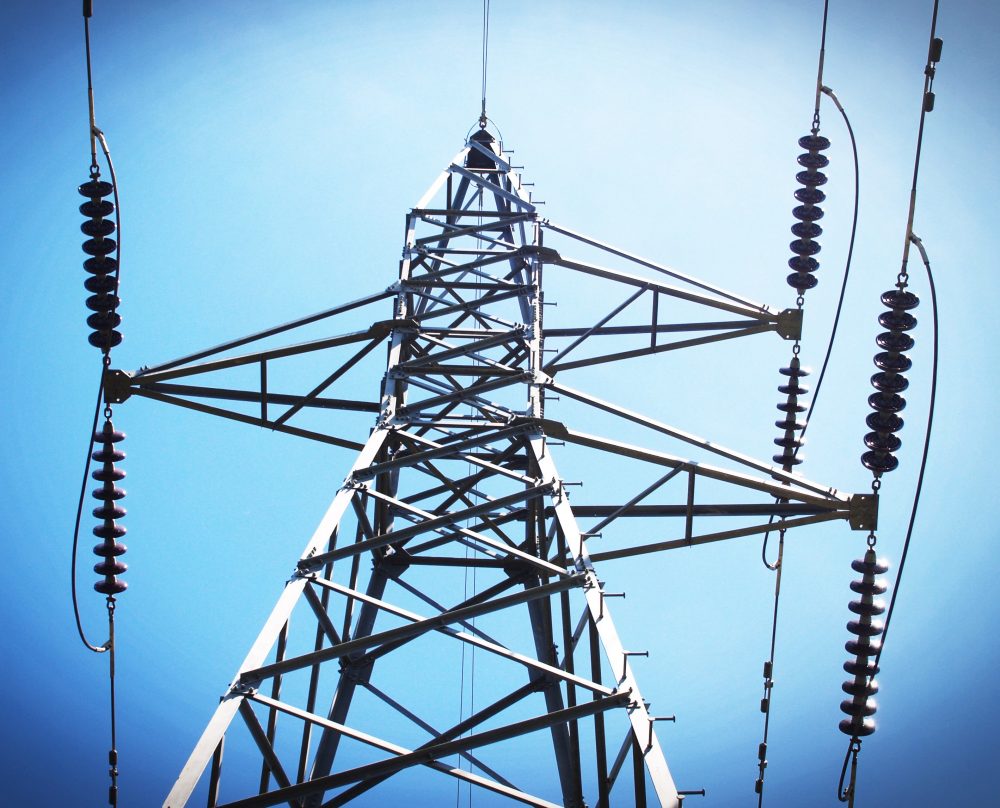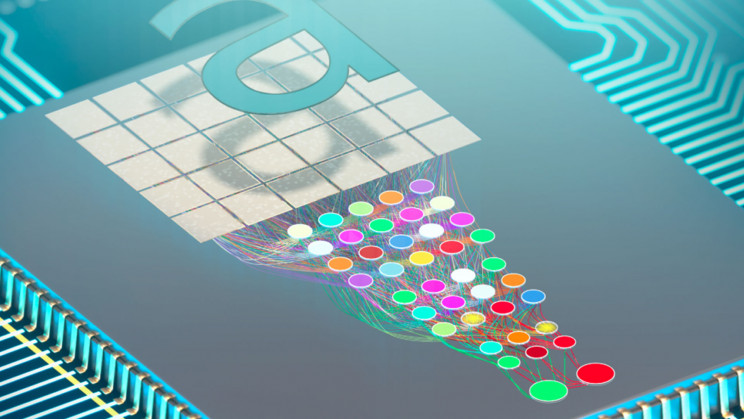Smart grids will require new technology for networking and communications. Today’s cutting-edge technologies are being used to connect electrical power infrastructure to today’s most advanced, computerized communications networks.
The US national electrical infrastructure has often been called a rat’s nest because of aa lack of standardization and protocols. Smart grids will be characterized by cutting-edge applications, automation, efficient architecture, better management, and standardized protocols. The systems will also feature bi-directional communications which aren’t a feature of the current grids. Finally, smart grids will be automated, be integrated with renewable energy sources and projects, have wireless sensor networks, and more.
In addition, smart grids will have:
- Demand-side energy management
- Intelligent Fault Detection and Recovery (FDIR)
- Volt-var optimization
- Wide-area early warning systems
- Integration of renewable energy sources into smart grids
- Microgrids as a normal feature in the overall grid system
- Integration of renewables in radial distribution networks via smart links
- Voltage-based control of Distribution Generation Units (DGU)
- Active loads in smart microgrids
- Electric vehicles in a smart grid environment
- Low-voltage, DC grid–powered LED lighting system with smart ambient sensor control in green buildings.
- Multiple distributed smart microgrids with a self-autonomous, energy harvesting wireless sensor network
- Wireless sensor networks for consumer applications in the smart grid
- ZigBee-based wireless monitoring and control system for smart grids
The following video by the IIEA “Understanding the Smart Grid” is a basic overview of the new concept. The IIEA explains that:
“The need for an updated grid is largely a result of the emergence of new technologies, which provide alternative methods of generating energy. The imperatives of climate change demand a move away from traditional carbon-based sources of energy and switch to alternatives like wind and solar energy. Yet these technologies are by their nature intermittent and increase the challenge for electric utilities of matching supply with demand. To fully integrate renewables, without relying on fossil fuel plants as back-up, utilities need increased information about consumers’ energy use to ensure the most efficient, reliable and clean delivery of electricity. The smart grid two-way communication between the consumer and the utility.
The possibility of new technology on the grid also allows consumers increased control over how they use energy. For example, a smart meter in the home provides up-to-date details on energy use and costs, which allows the consumer to adjust their usage in real time. Smart grids also allow the consumer to play an active role in balancing the electricity system, as they will be able to feed stored or micro-generated energy back into the grid.







